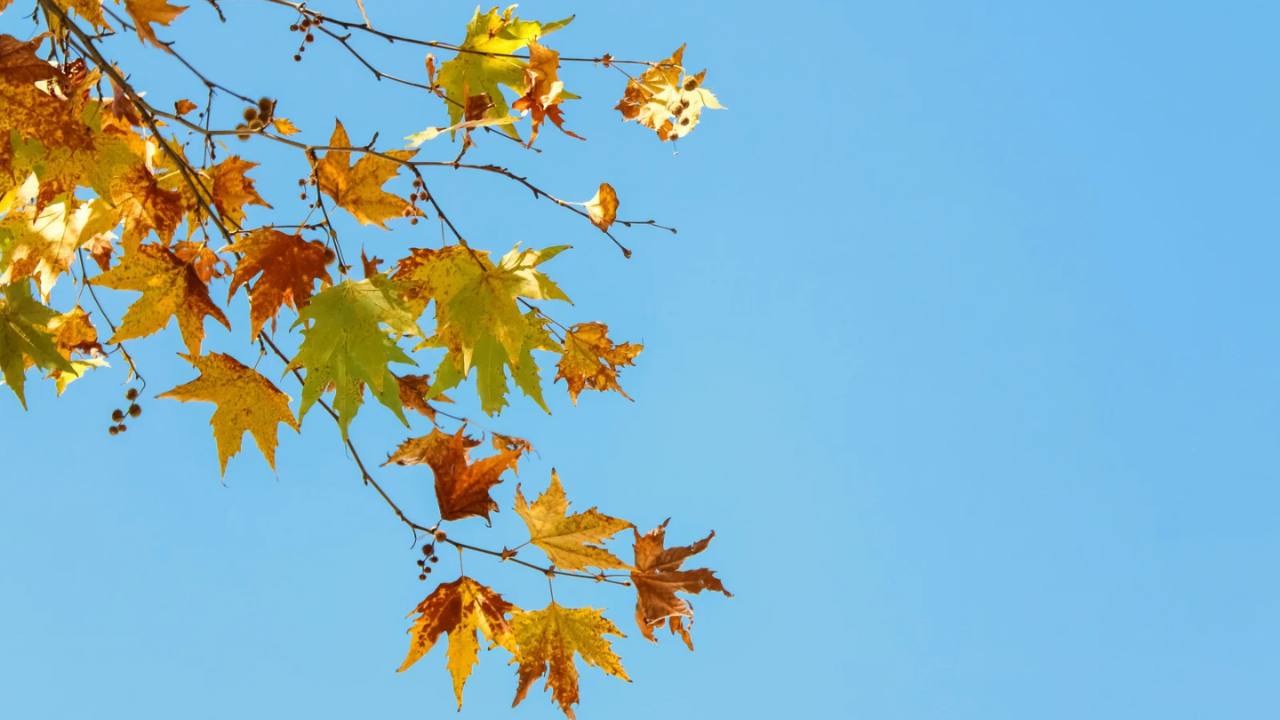「おはぎ」と「ぼたもち」/Ohagi and Botamochi
こんにちは、いろはです。
先週は「お彼岸(ひがん)」でしたね。今日は、この時期によく食べる和菓子「おはぎ」と「ぼたもち」についてご紹介します。
見た目はほとんど同じなのに、なぜ名前が2つあるのか、不思議に思ったことはありませんか?
Hello! This is Iroha.
Last week was Higan, a Buddhist memorial period observed in Japan during the spring and autumn equinoxes.
To mark the season, I’d love to introduce two traditional Japanese sweets—ohagi and botamochi.
They look nearly identical, but did you know the names change depending on the season?
🍡 おはぎとぼたもちってどんなもの?
「おはぎ」と「ぼたもち」は、炊いたもち米にあんこを包んだ、日本の伝統的な和菓子です。
お彼岸やお墓参りのときによく食べられる、素朴で優しい味わいのお菓子です。
🍡 What Are Ohagi and Botamochi?
Ohagi and botamochi are traditional Japanese sweets made by wrapping sweet red bean paste around sticky rice.
They are often eaten during Higan or when visiting family graves, and have a soft, gentle flavour that many find comforting.
🌸 なぜ名前が違うの?
実は、春と秋で呼び方が変わるだけで、基本的には同じものなんです!
-
春に咲く「牡丹(ぼたん)」の花にちなんで → ぼたもち(春)
-
秋に咲く「萩(はぎ)」の花にちなんで → おはぎ(秋)
花の名前と季節を大切にする、日本らしい感性が感じられますね。
🌸 なぜなまえがちがうの?
じつは、はるとあきでよびかたがかわるだけで、きほんてきにはおなじものなんです!
-
はるにさく「ぼたん」のはなにちなんで → ぼたもち(はる)
-
あきにさく「はぎ」のはなにちなんで → おはぎ(あき)
はなのなまえときせつをたいせつにする、にほんらしいかんせいがかんじられますね。
🌸 Why Do the Names Change?
Although they are essentially the same food, the name changes with the season:
-
In spring, it’s called botamochi, named after the peony flower (botan)
-
In autumn, it’s called ohagi, named after bush clover (hagi)
This reflects the Japanese tradition of connecting seasonal foods with blooming flowers—so poetic and beautiful!
🍂 小豆とご先祖さま
おはぎやぼたもちに使われる小豆(あずき)は、昔から魔除けの力があると信じられてきました。
そのため、お彼岸のようにご先祖さまを供養する(ごせんぞさま を くようする)時期に食べられるようになったと言われています。
🍂 The Meaning of Azuki Beans
The sweet red bean paste (azuki) used in these treats is believed to ward off evil in Japanese culture.
That’s one reason why ohagi and botamochi are eaten during Higan, a time to honour and remember ancestors.
💬 おわりに
皆さんは「おはぎ」や「ぼたもち」を食べたことがありますか?
もし機会があれば、ぜひ味わってみてくださいね。季節と文化を感じられる、素朴でやさしいお菓子です。
では、また次回のニュースレターでお会いしましょう!
– いろは
💬 In Closing
Have you ever tried ohagi or botamochi?
If not, I hope you’ll have the chance—they’re simple, but full of warmth, tradition, and seasonal beauty.
See you in the next newsletter!
– Iroha






Responses